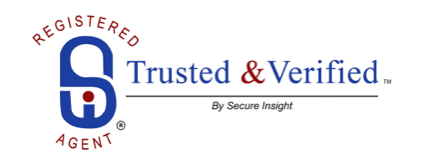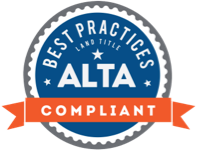Have you heard about the new NYC Real Estate carbon emissions and finance data tool?
Seventy percent of New York City’s carbon emissions comes from the one million buildings in our built environment, making building decarbonization vital for reaching net zero goals. The mortgage banking industry has a crucial role in tackling climate change, providing the needed financing to meet these goals.
This tool brings together building energy benchmarking data with mortgage lienholder information to provide a comprehensive view of the largest financiers of New York City’s LL97 carbon emissions. But, whether you’re a bank trying to understand and mitigate your scope 3 emissions, a building professional seeking to build an energy retrofit construction pipeline, or an individual looking to incentivize climate action, this data tool can help:
-
Search by mortgage lienholder to see a lender’s total portfolio of buildings subject to Local Law 97, aggregated and individually.
-
Search by neighborhood, address, or building use to find retrofit opportunities.
-
Search by compliance pathway to see the carbon footprint of building categories over time and regulatory change.
The NYU Stern Center for Sustainable Business (CSB) launched this public data tool as part of its multi-year Invest NYC SDG initiative, in collaboration with the Chao-Hon Chen Institute for Global Real Estate Finance at the NYU Stern and the Urban Green Council. This building map of NYC was created to support the financing of energy efficiency and clean energy projects for buildings subject to Local Law 97 and was originally launched in a beta form in collaboration with the Mayor’s Office of Climate and Sustainability (MOCS) and the NYC Energy Efficiency Corporation (NYCEEC).
TO BEGIN USING THE NYC DECARBONIZATION COMPASS TOOL, PLEASE CLICK THE LINK BELOW
Cornerstone Insights
|




